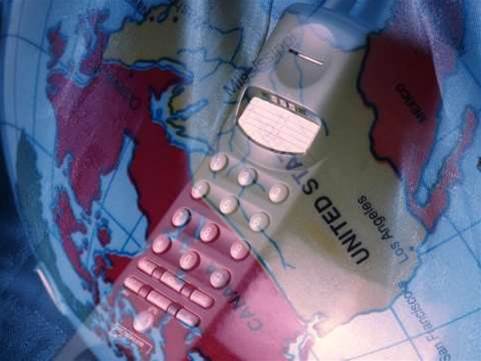
The figure represents an almost 23 percent jump compared with the US$8.7bn earned in 2006, according to ABI Research.
The analyst firm attributes the expected hike to factors including handset delivery delays, greater customisation needs, increasing demand for low cost handsets, and the growing importance of emerging markets.
ABI Research analyst Shailendra Pandey said: "In the past, private branded handsets were mostly high-end feature phones and smartphones supplied to operators by the likes of HTC, Sharp and Quanta.
"Now, the growing demand for low-cost and ultra-low-cost handsets means that operators also have opportunities to provide private branded handsets in this segment.
"They can partner with selected local manufacturers which will be able to address the low-cost market by avoiding import costs and benefiting from the skill sets and cheap labour of indigenous work forces."
In addition to having handsets from leading vendors such as Nokia and Motorola in their portfolios, operators are looking for opportunities to forge partnerships with local manufacturers which are more willing to accept operators' customisation and branding needs, ABI noted.
One example is Vodafone's well known agreement with Huawei to supply 3G handsets for its operations in 20 global markets, and the more recently announced partnership with ZTE for 2G handsets.
ABI estimates that over 80 percent of new mobile phone subscribers in the next five years will be from the emerging markets of Asia, Africa and Latin America.
"Asia is now the most important region for demand, supply and competition in the handset industry, and Asian suppliers have significant cost advantages over suppliers from other regions," the analyst firm stated.
ABI Research expects the market for operator private branded handsets to grow to over 127 million handset shipments by 2011.

_(22).jpg&h=140&w=231&c=1&s=0)

_(20).jpg&h=140&w=231&c=1&s=0)
.png&h=140&w=231&c=1&s=0)





 iTnews Executive Retreat - Security Leaders Edition
iTnews Executive Retreat - Security Leaders Edition












_(1).jpg&h=140&w=231&c=1&s=0)



